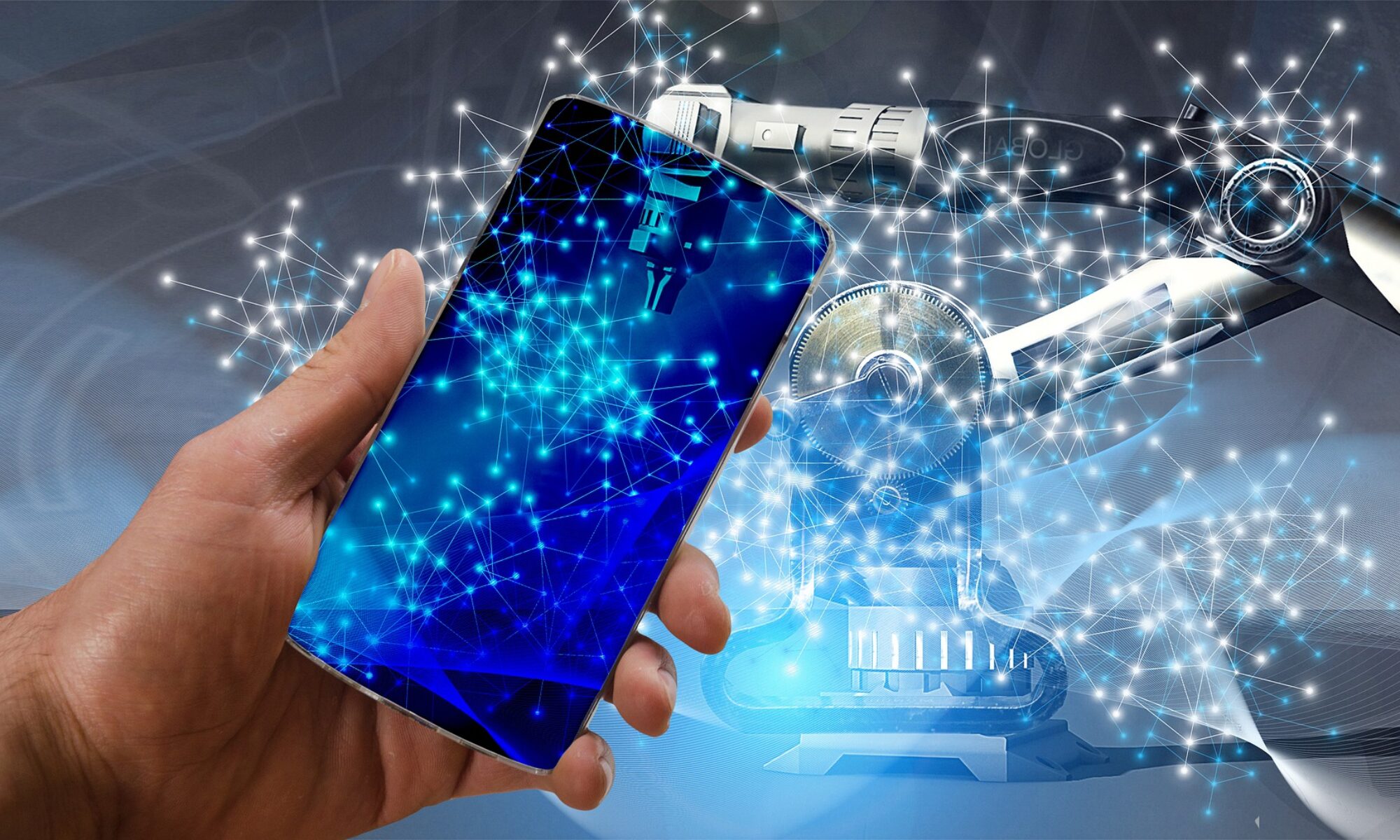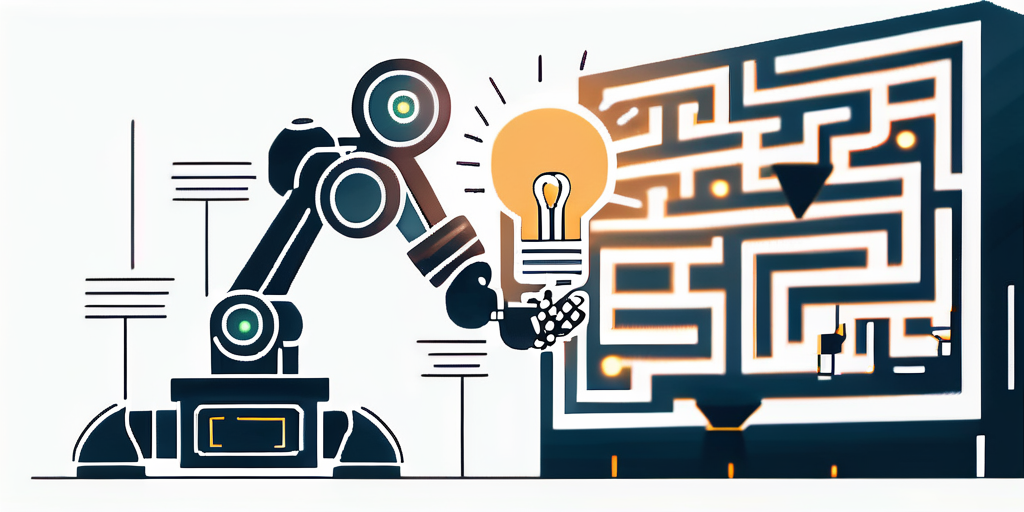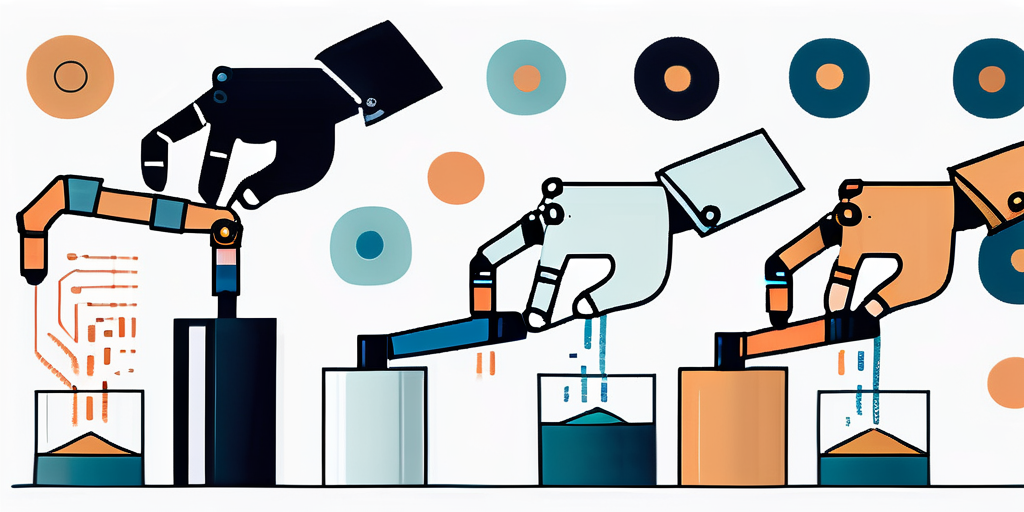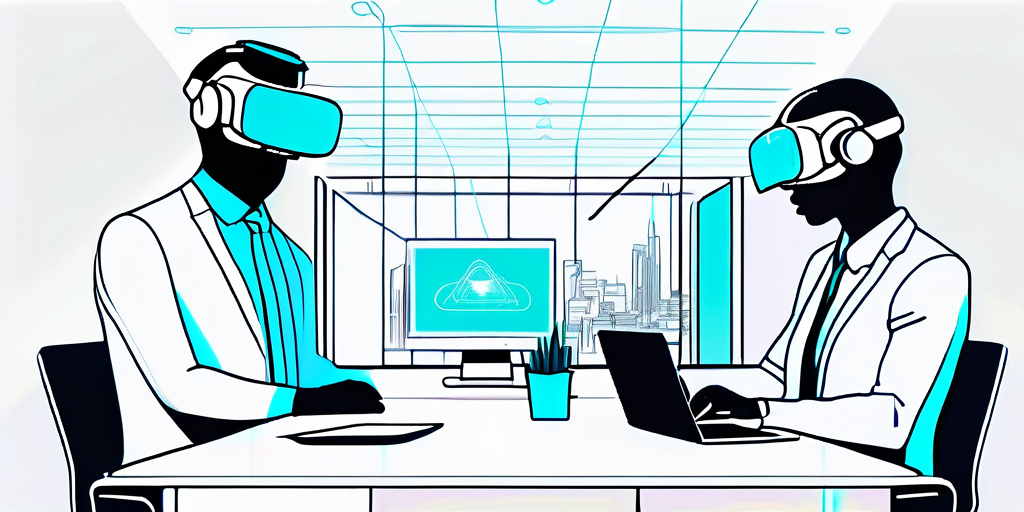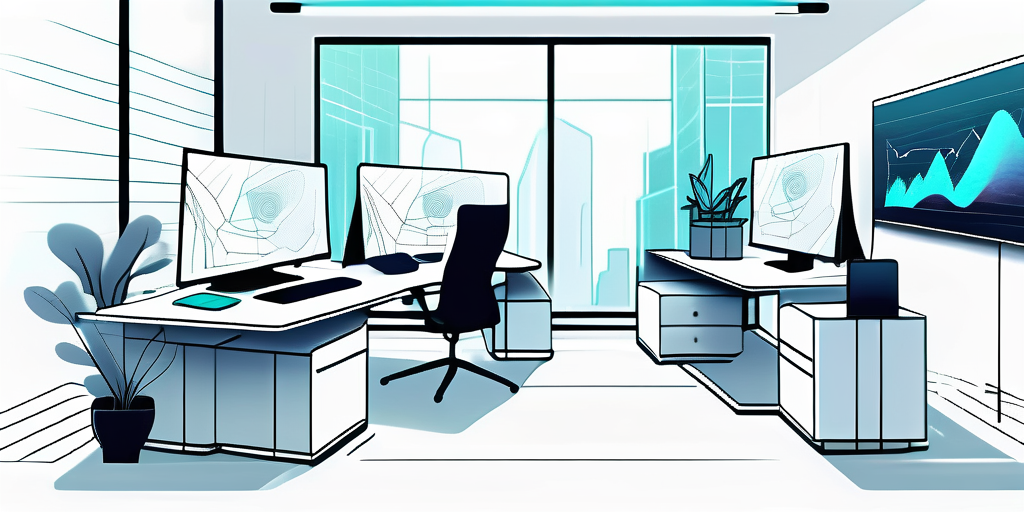Automation and the rise of robots have become hot topics of discussion in recent years. As technology continues to advance at an unprecedented pace, there is a growing concern about the impact it will have on the job market. Will robots take over our jobs? Will humans become obsolete? In this article, we will explore the various aspects of automation and discuss how individuals can not only adapt but thrive in this new era.
The Impact of Automation on the Job Market
Automation has undoubtedly revolutionized industries across the globe. From manufacturing to customer service, robots and artificial intelligence are transforming the way work is done. While this automation brings immense benefits such as increased efficiency and productivity, it also poses challenges and concerns for the job market.
As more tasks become automated, certain jobs may become redundant. This can lead to job displacement, leaving many individuals worried about their future employment prospects. However, it’s important to remember that technology also creates new opportunities. Automation often requires human oversight, maintenance, and programming. As jobs evolve, so too must individuals.
One significant impact of automation on the job market is the shift in skill requirements. With the rise of automation, there is a growing demand for workers with skills in areas such as data analysis, programming, and robotics. This shift underscores the importance of continuous learning and upskilling to remain competitive in the workforce.
Furthermore, the implementation of automation can also lead to changes in organizational structures. Companies may need to reevaluate their workforce composition and organizational hierarchies to effectively integrate automation technologies. This restructuring can create opportunities for employees to take on new roles and responsibilities within the organization, fostering innovation and growth.
Embracing Change: Adapting to a More Automated Workplace
Adapting to a more automated workplace is crucial for individuals who want to thrive in the robotics era. The key is to embrace change and stay ahead of the curve. To start, individuals should develop a growth mindset and be open to learning new skills.
Continuous learning and upskilling are essential in today’s rapidly changing world. Acquiring knowledge in areas like data analysis, programming, and robotics can greatly enhance one’s employability. Additionally, individuals should focus on developing interpersonal skills that cannot be easily replicated by machines, such as critical thinking, creativity, and emotional intelligence.
Moreover, as automation becomes more prevalent in the workplace, it is important for individuals to understand the ethical implications of using robotics and artificial intelligence. This includes considerations around job displacement, data privacy, and algorithmic bias. By staying informed and engaging in discussions around these topics, employees can contribute to shaping a more responsible and equitable future of work.
Furthermore, embracing automation also presents opportunities for individuals to explore new career paths and industries. For example, the rise of automation has led to the creation of roles like robotics process automation (RPA) developers, automation consultants, and AI ethicists. By being proactive and adaptable, individuals can position themselves for success in emerging fields that leverage technology to drive innovation and efficiency.
Upskilling and Reskilling: Preparing for the Robotics Era
As automation becomes more prevalent, the need for upskilling and reskilling becomes increasingly important. The key is to future-proof your career by acquiring the skills that will be in demand even as technology advances.
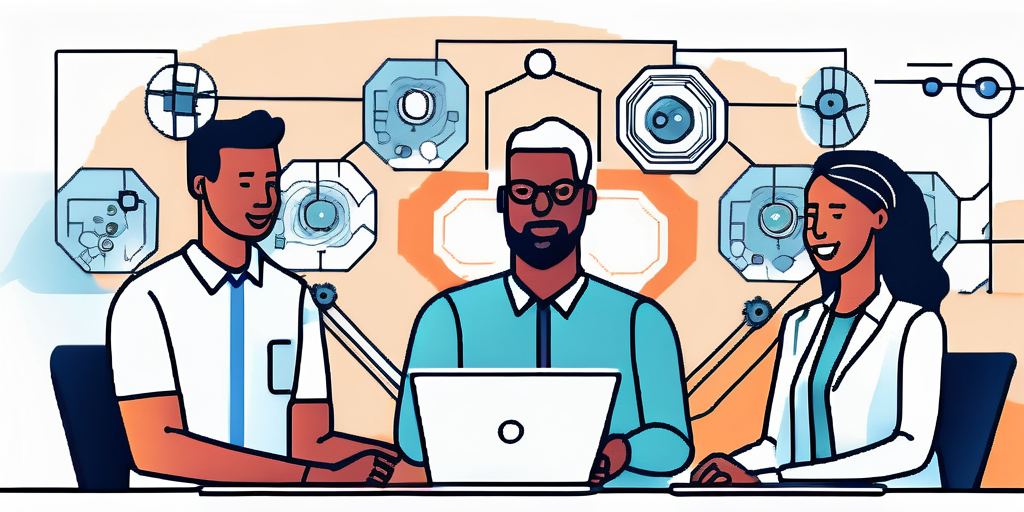
There are numerous resources available for individuals looking to upskill or reskill. Online platforms offer a wealth of courses and tutorials that can be completed at one’s own pace. Companies and organizations also provide training programs and workshops to help employees adapt to a more automated workplace. It’s important to be proactive and take advantage of these opportunities to stay relevant in the job market.
One effective way to upskill in the robotics era is to focus on developing expertise in programming languages commonly used in robotics, such as Python, C++, and Java. These languages are the backbone of many robotic systems and having a strong foundation in them can open up various career opportunities in the field of robotics and automation.
Additionally, gaining hands-on experience with robotics through projects and internships can greatly enhance your skill set. Building and programming your own robots or working on real-world robotics projects can provide invaluable practical knowledge that sets you apart in a competitive job market. Collaborating with robotics enthusiasts and professionals in online forums and communities can also help you stay updated on the latest trends and technologies in the industry.
The Future of Remote Work in an Automated World
Remote work has become increasingly popular, and the rise of automation is likely to further accelerate this trend. With advancements in technology, more and more tasks can be performed remotely, allowing individuals to work from anywhere in the world.
However, remote work comes with its own set of challenges. It requires self-discipline, time management, and effective communication skills. As the workplace becomes more automated, individuals should focus on developing these skills to thrive in a remote work environment.
One key aspect to consider in the future of remote work is the impact of artificial intelligence (AI) and machine learning. These technologies have the potential to streamline processes and increase efficiency in remote work settings. For example, AI-powered tools can help remote workers automate repetitive tasks, analyze data more effectively, and even provide personalized productivity recommendations.
Furthermore, the future of remote work may also see the integration of virtual reality (VR) and augmented reality (AR) technologies. These immersive technologies could revolutionize remote collaboration by creating virtual workspaces where team members from different parts of the world can interact as if they were in the same physical location. Imagine attending a virtual meeting where colleagues appear as lifelike avatars in a shared digital environment, enhancing the sense of presence and fostering better communication.
Navigating Uncertainty: Strategies for Career Growth in the Robotics Era
The robotics era is still in its early stages, and uncertainty looms over the future of work. As technology continues to advance at a rapid pace, the landscape of various industries is constantly evolving. This evolution brings both challenges and opportunities for individuals seeking career growth in the robotics era.
First and foremost, individuals should stay informed about the latest technological advancements and industry trends. In a world where automation and artificial intelligence are becoming increasingly prevalent, staying ahead of the curve is essential. By actively seeking out information and resources, individuals can better understand the changes happening in their field and prepare themselves for the future.
Networking is another crucial aspect of career growth in the robotics era. Building and maintaining a strong professional network can provide valuable insights, opportunities, and support. Connecting with industry professionals, attending conferences and workshops, and engaging with online communities can help individuals stay connected and informed. Collaboration and knowledge-sharing within a network can lead to new ideas and collaborations that drive career advancement.
Lastly, individuals should focus on developing a diverse skill set. In a rapidly changing job market, adaptability and versatility are highly valued traits. By continuously learning new skills and expanding their knowledge base, individuals can position themselves as valuable assets to employers. Embracing lifelong learning and seeking out opportunities for personal and professional growth are essential steps towards thriving in the robotics era.
Conclusion
In conclusion, automation and the rise of robots are transforming the future of work. While there may be concerns about job displacement, individuals who embrace change and adapt to a more automated workplace can thrive in the robotics era. By upskilling and reskilling, preparing for remote work, and employing strategies for career growth, individuals can ensure they are well-equipped to navigate the uncertainties of the future of work. The key is to remain open to new opportunities, continuously learn, and stay ahead of the curve.

